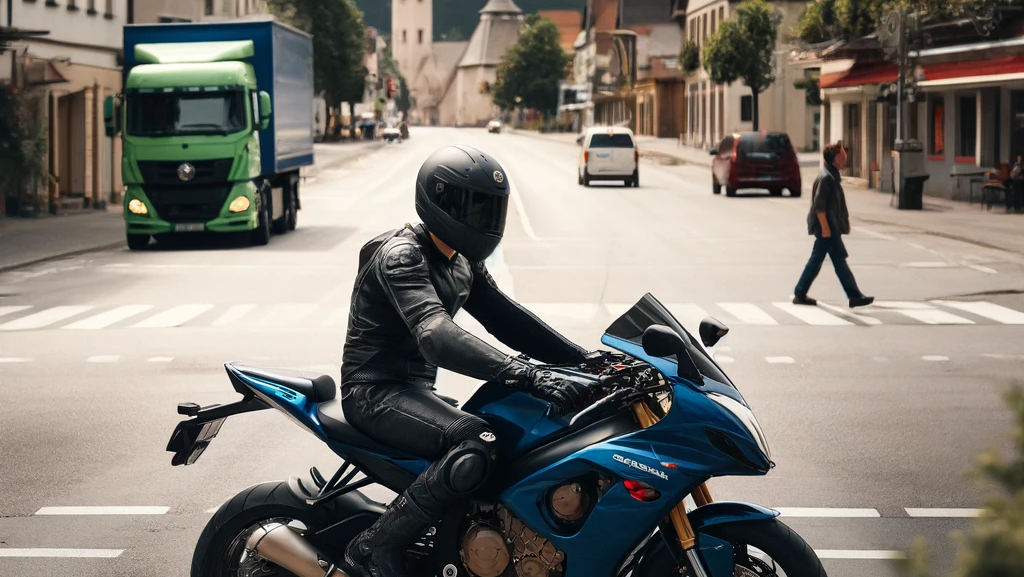Riding a motorbike is an exhilarating experience, but it comes with its own set of challenges, especially for beginners. One of the most common issues new riders face is stalling. Stalling occurs when the engine stops running suddenly, usually because the clutch isn’t engaged properly, or the throttle isn’t used correctly. This guide aims to provide you with essential tips to prevent stalling and ensure a smoother ride.
Why Does Stalling Happen?
Before diving into the tips, it’s crucial to understand why stalling happens. Stalling usually occurs when:
- Improper Clutch Control: Releasing the clutch too quickly can cut off power to the engine.
- Insufficient Throttle: Not giving enough throttle can cause the engine to lose power.
- Starting in the Wrong Gear: Trying to start in a higher gear instead of first can lead to stalling.
- Abrupt Stops: Stopping suddenly without disengaging the clutch can also stall the bike.
Tips to Avoid Stalling
1. Master the Clutch
The clutch is your best friend when it comes to avoiding stalls. Here’s how to master it:
- Practice Slowly: Find an open, flat area to practice. Gradually release the clutch until you feel the bike start to pull forward.
- Find the Bite Point: The bite point is where the engine power starts to connect with the wheels. Practice finding this point smoothly.
- Use the Rear Brake: When practicing clutch control, lightly use the rear brake to help stabilize the bike.
2. Control the Throttle
The throttle controls the engine’s power. Proper throttle control is crucial:
- Steady Hand: Keep your hand steady and avoid jerky movements.
- Gentle Twist: Twist the throttle gently as you release the clutch to provide enough power to move the bike forward.
- Consistency: Consistent throttle application helps maintain engine power and prevents stalling.
3. Start in the Correct Gear
Always start in first gear to avoid stalling. Here’s why:
- Lower Gears for More Power: First gear provides the most power and is designed for starting from a stop.
- Gear Shifts: Shift to higher gears as you gain speed, but always start in first.
4. Anticipate Stops
Stalling often happens during stops. Here’s how to handle stops without stalling:
- Clutch In: Pull in the clutch as you approach a stop.
- Downshift: Shift down through the gears to first as you slow down.
- Smooth Braking: Apply brakes smoothly while engaging the clutch to prevent the engine from cutting out.
5. Practice Makes Perfect
The more you practice, the better you’ll become at avoiding stalls:
- Regular Practice: Spend time practicing clutch and throttle control regularly.
- Different Scenarios: Practice in different scenarios, such as inclines, to build confidence.
6. Listen to Your Bike
Your bike will often give you signals that it’s about to stall:
- Engine Sounds: A sputtering or struggling engine sound indicates the bike is about to stall.
- Bike Jerkiness: If the bike starts to jerk, it’s a sign that you need to adjust the clutch or throttle.
Common Mistakes and How to Fix Them
Even with practice, mistakes happen. Here’s how to fix common stalling issues:
- Releasing Clutch Too Quickly: If you release the clutch too quickly and stall, practice slowing down your release.
- Not Enough Throttle: If you don’t give enough throttle, practice twisting the throttle gently and consistently.
- Wrong Gear Start: If you accidentally start in the wrong gear, make it a habit to check your gear before starting.

